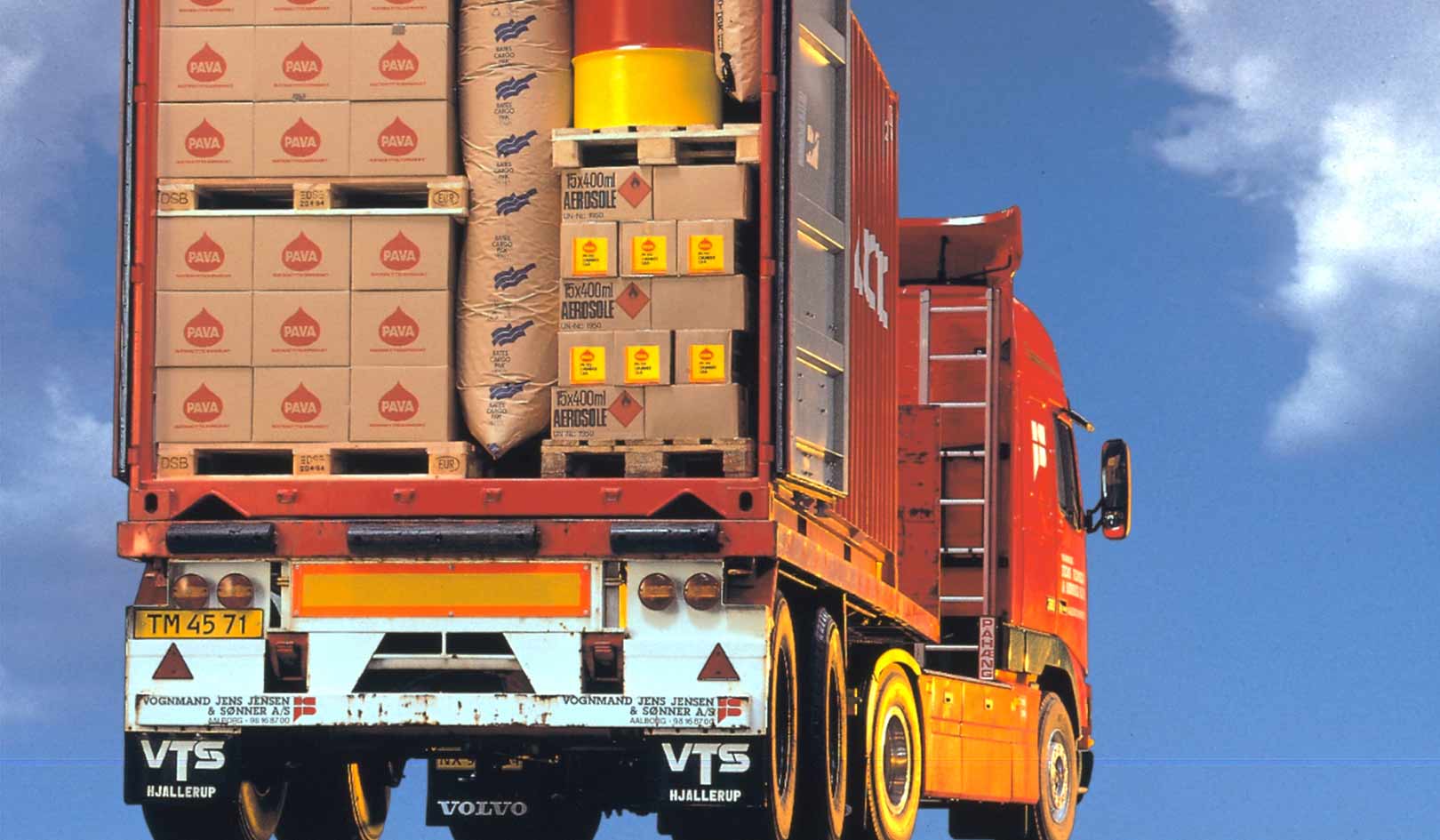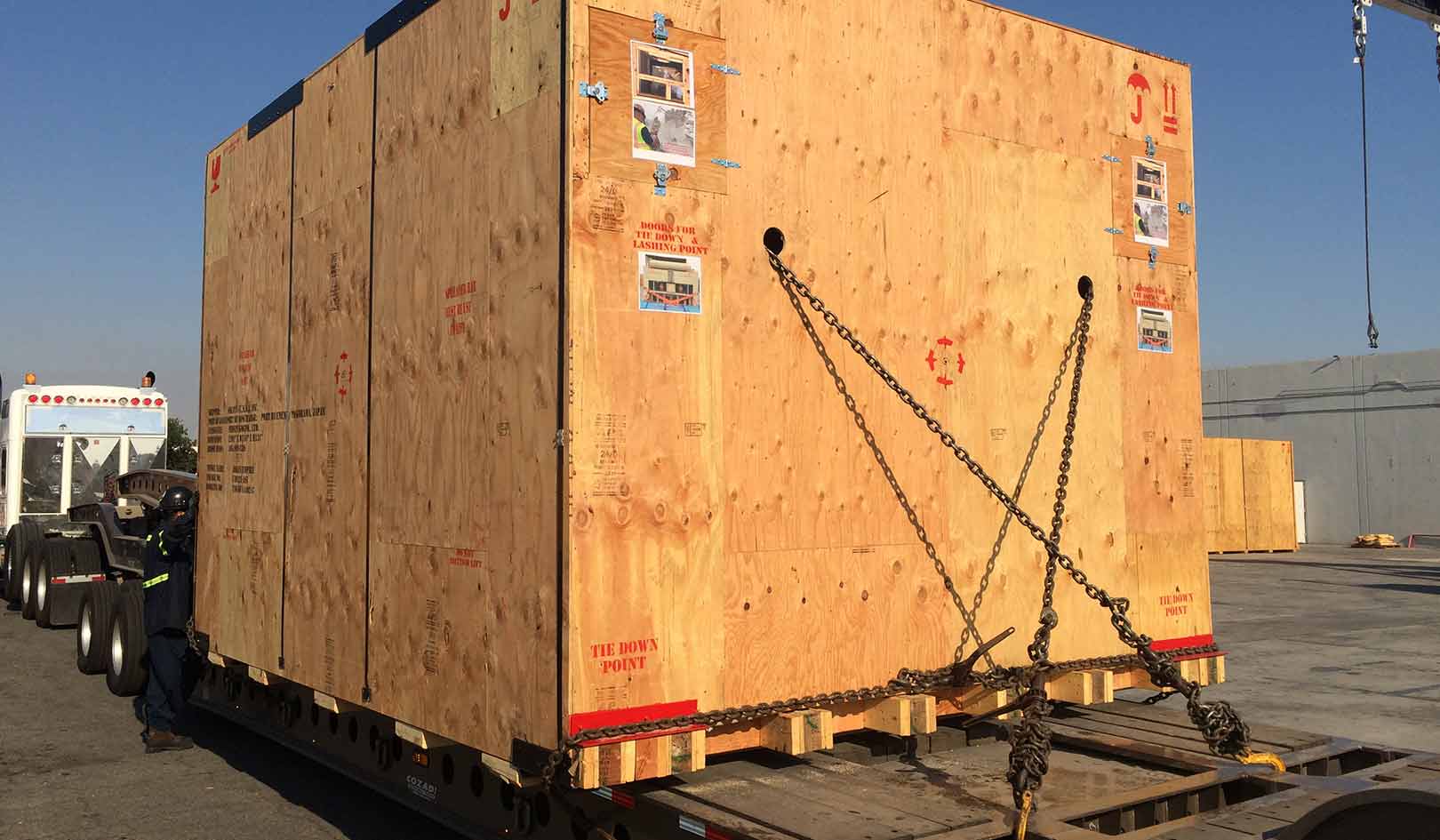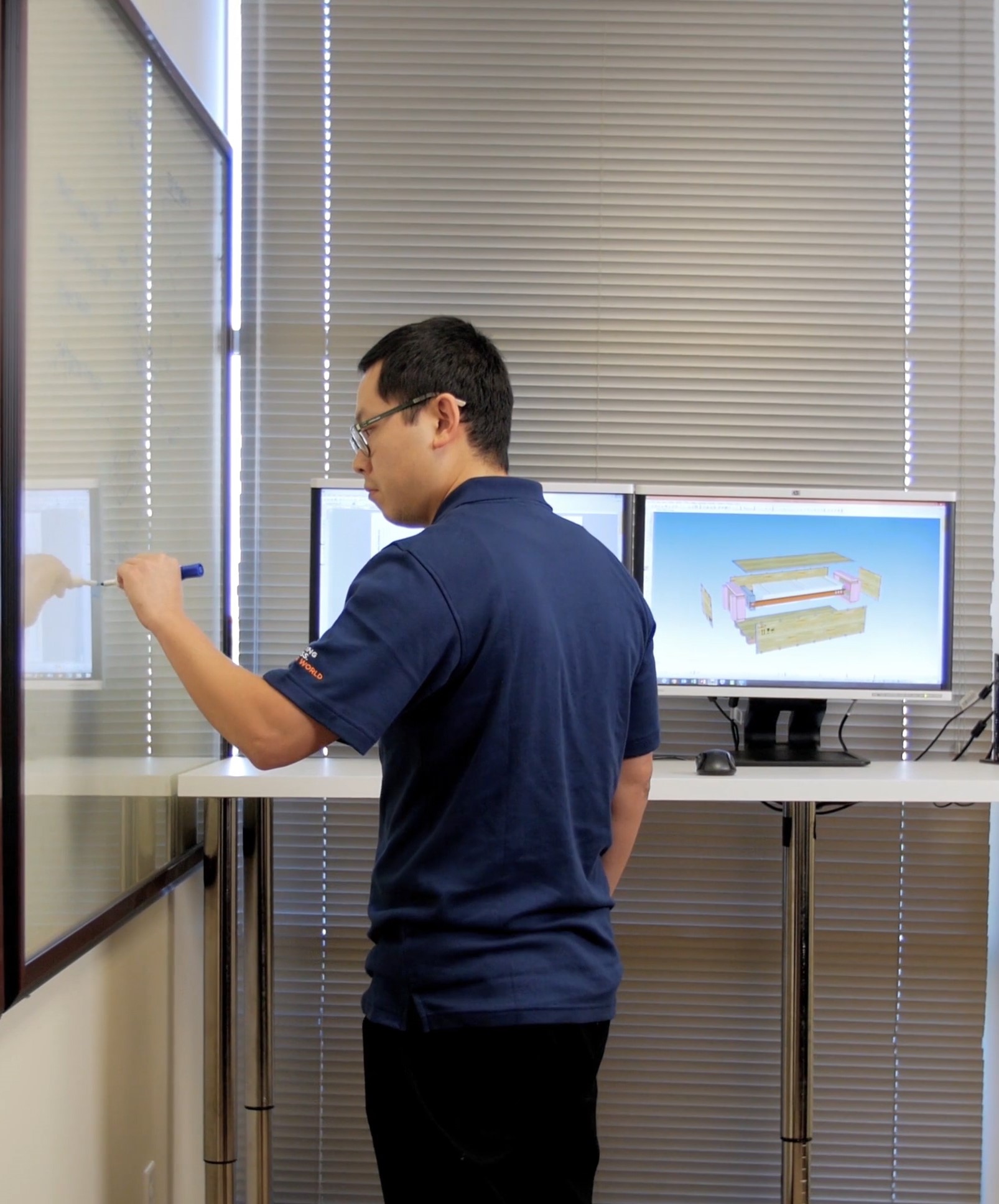This is a legal requirement, since loads can shift during transport. A shift of goods may result in injury if someone opens the back of the truck or shipping container only to find that the pallets and other packages have all fallen against the door. As soon as that door is opened, all of the packages would fall outward, leading to injury or even death. Even if no one is hurt, the contents of the packages may be damaged if they are not packed correctly.
What is Load Securing?
The logistics of load securing does vary somewhat depending on what mode of transportation you are using. In all cases, however, the goal is to make certain that the load does not move during acceleration, deceleration, or changes in direction. This also prevents packages from rubbing against each other. This friction could cause damage to the packaging, resulting in the goods being damaged or becoming loose within the shipping container or truck. Properly securing a load also prevents environmental damage. If the company is transporting liquids and the load shifts, containers may be damaged enough that the liquid begins leaking out. If this liquid is hazardous in any way, it may cause irreparable damage to the environment around the shipping containers.
Protecting against damage, whether it is personal, economic, environmental, or material, is necessary for companies to protect their reputation. Shipping companies that do not meet load securing requirements will likely find themselves facing a number of accidents. This will result in clients changing to a more reputable company and may even lead to legal action.


